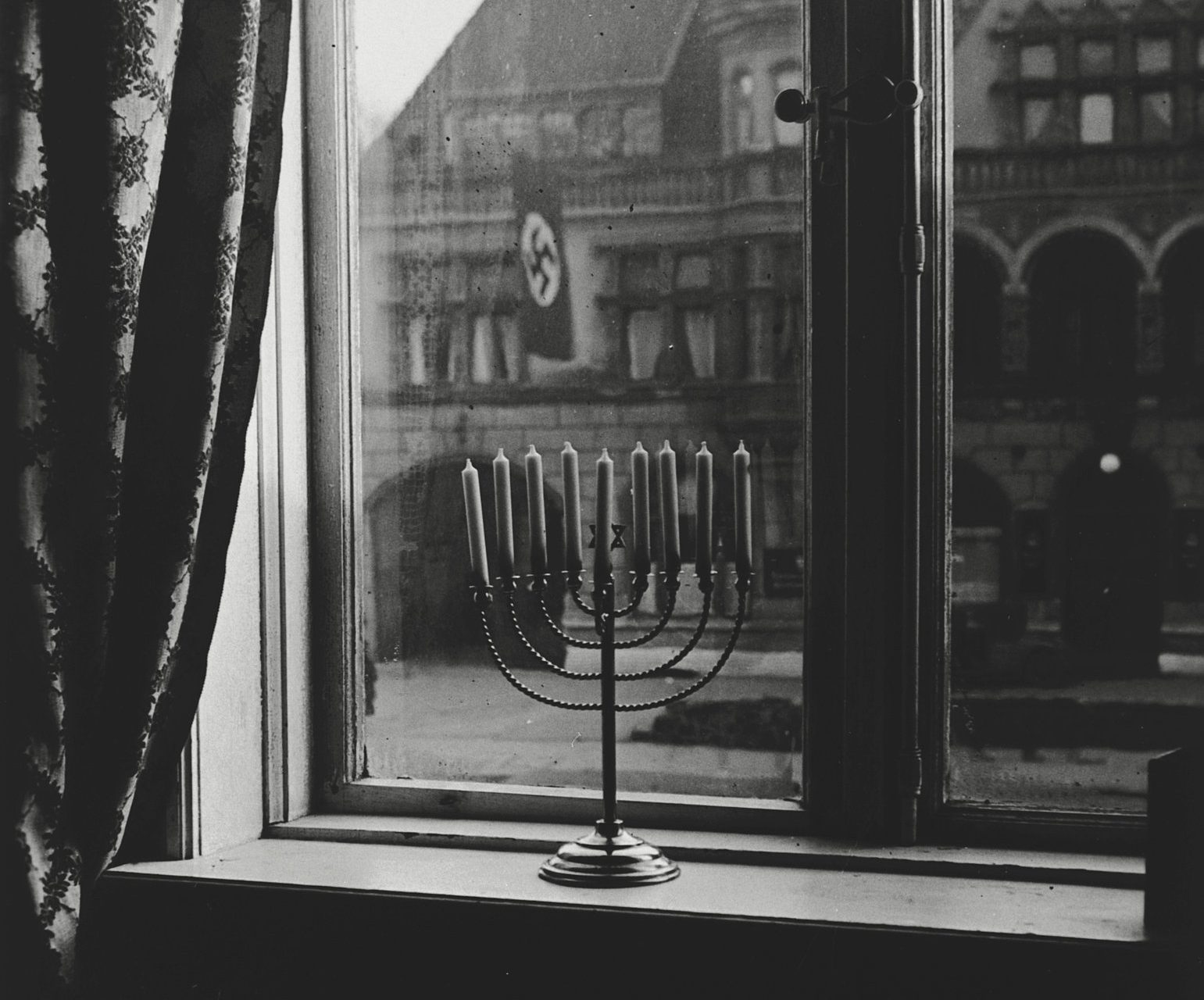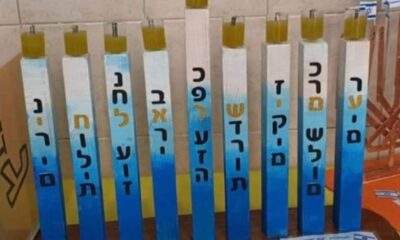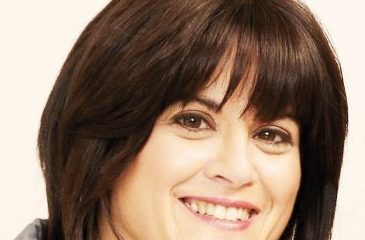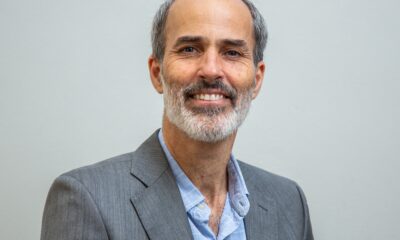
Parshot/Festivals

How a chanukiah defied the Nazis
Published
3 years agoon
By
Jordan MosheMany of us are familiar with the iconic black and white photograph of a chanukiah on a windowsill with an ominous Swastika banner flying above the street behind it, but how many of us know its story?
Rabbi Yehuda Stern, the associate rabbi of Sydenham Shul, was determined to uncover the truth behind the iconic image. To his amazement, he discovered that the chanukiah not only still exists, but it remains in the possession of the same Jewish family who took the photograph almost 100 years ago.
This miraculous story was recounted last Thursday in a webinar hosted by Sydenham Shul, with Stern interviewing Rabbi Yehuda Mansbach, a 69-year-old resident of Beit Shemesh, Israel, the grandson of the man who originally owned the chanukiah.
It is with Mansbach’s grandfather that the story began.
“My grandfather, Rabbi Akiva Baruch Posner, was born in 1890 in a town on the border of Germany and Poland,” Mansbach explained in Hebrew. “As a boy, he moved to Berlin with his parents where he joined a training programme for rabbis, going on to join the German army as a chaplain to serve in World War I.”
After the war, Posner attended university, earning a doctorate on first-century Jewish historian Josephus Flavius, before going on to be appointed the rabbi of Kiel, a port city in the north of Germany. In 1922, he met his future wife, Rachel, and the couple married soon thereafter.
Said Mansbach, “At the time, there were 500 Jews in total in Kiel (ranging from Orthodox to completely secular) but Rav Akiva was insistent that there should be only one shul in the city and one community. He spoke in German at shul, his sermons drawing even non-Jews and priests.”
Three children were born to the couple (among them Mansbach’s mother), and they were all enrolled in Sunday classes where they learnt Hebrew, Torah, and a love of Israel. It’s at this point that the chanukiah made its first appearance.
“On Chanukah in 1931, grandmother put the chanukiah on the windowsill in her home,” said Mansbach. “Across the road was a Nazi party headquarters, the flag with the Swastika flying above, but the Nazis weren’t yet in control.
“On the final night of Chanukah, grandmother took out a box camera and took a photo of the chanukiah with its eight candles. She finished taking the photos, removed the film, and sent it away for development.”
The famed photograph was developed in January 1932, and mindful of the conflicting Swastika and chanukiah (with a Magen David on its stem), Rachel inscribed the back of the image: “’Death to Judea,’ so the flag says. ‘Judea will live forever,’ so the light answers.”
The Nazi party came to power the following year, and amid the closure of shuls and Jewish shops across the country, the Posner family decided to leave Kiel in June 1933.
Said Mansbach, “Grandfather spoke to his congregation one final time, telling them that there was no future for Jews in Germany. He told them that whoever could flee must do so, and that wherever they should end up, they must always remain together.”
“Until today, there are communities around the world that stemmed from Kiel because their founders stuck together at the instructions of their rabbi.”
Mansbach said that when the shul was razed in 1938, only 250 Jews remain in Kiel, and by the time the Nazis were rounding up Jews for extermination in 1939, a mere nine Jews were left in the city.
“Not all of them could flee Germany, but almost all of them left Kiel,” he said.
After stopping in Belgium, the Posner family left for Israel in 1934 with the help of Rabbi Abraham Kook, the first Ashkenazi chief rabbi of Israel, who arranged the necessary certificates for their immigration. The Posners arrived in Jaffa in November that year, before traveling to Jerusalem. In that same week, Mansbach’s father’s family also arrived in the Holy Land, and settled in Haifa.
Of course, the famed chanukiah had come with the Posner family to Israel and was used annually at Chanukah.
Said Mansbach, “In 1960, when grandfather turned 70, the family bought him a silver oil menorah, but he passed away two years later. Granny Rachel moved to Haifa, and when she passed away, my mother passed the chanukiah on to my son, Akiva, named after his grandfather.”
This wasn’t the end of the story, however.
Mansbach explained that in 1932, Rachel had sent a copy of her photograph to a local Jewish newspaper in Kiel.
“When the Nazis took over, they took ownership of all Jewish possessions [the photograph among them],” he said. “When Yad Vashem was established in Israel, it purchased the picture from the Germans and designed a window exhibition to house it.
“No one knew where the picture was from, who took it, when it was taken, where the chanukiah was, or what happened to the photographer. They knew nothing.”
The truth emerged years later during the construction of the Holocaust museum in Washington.
Said Mansbach, “They heard that the chanukiah was still around, and was in my mother’s possession. They visited her in Haifa, took photos to Washington, and notified Yad Vashem that the chanukiah was still being used and that the family had survived.
“Yad Vashem came to my mother and said it wanted to place the chanukiah in the museum so that people could learn about what had happened. She refused, saying it belonged to her grandson who lighted it annually and continued the legacy of the family.”
A compromise was eventually reached in 2016, and the family agreed to have the chanukiah housed at the museum throughout the year. Come Chanukah, however, they collect it and take it home for lighting.
This remains the arrangement today, and on every night of Chanukah, the chanukiah sits in the Mansbach’s window, looking out over a Beit Shemesh skyline instead of a Nazi office.
“The chanukiah remains ours,” Mansbach said. “It remains a part of our family.”










